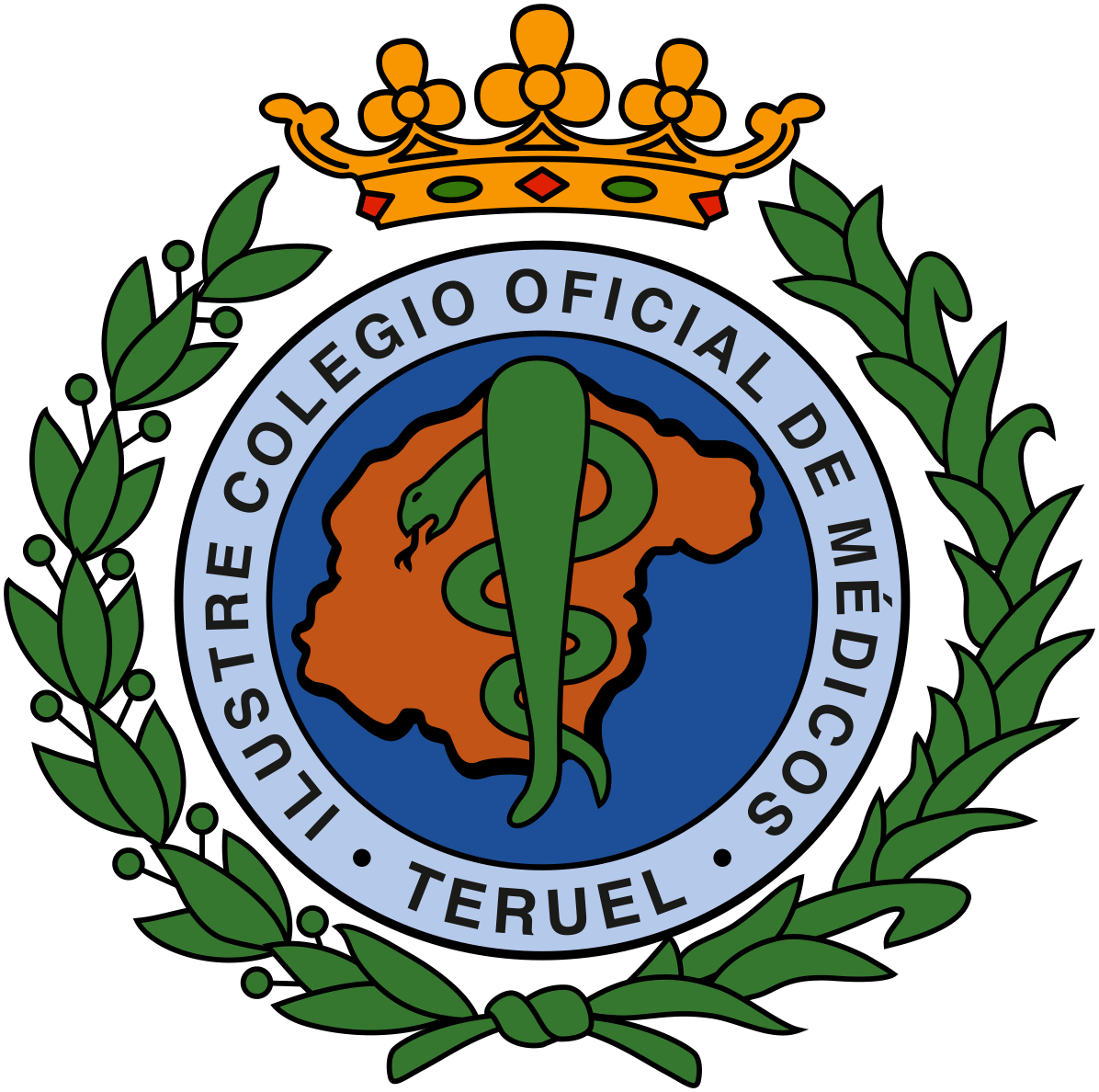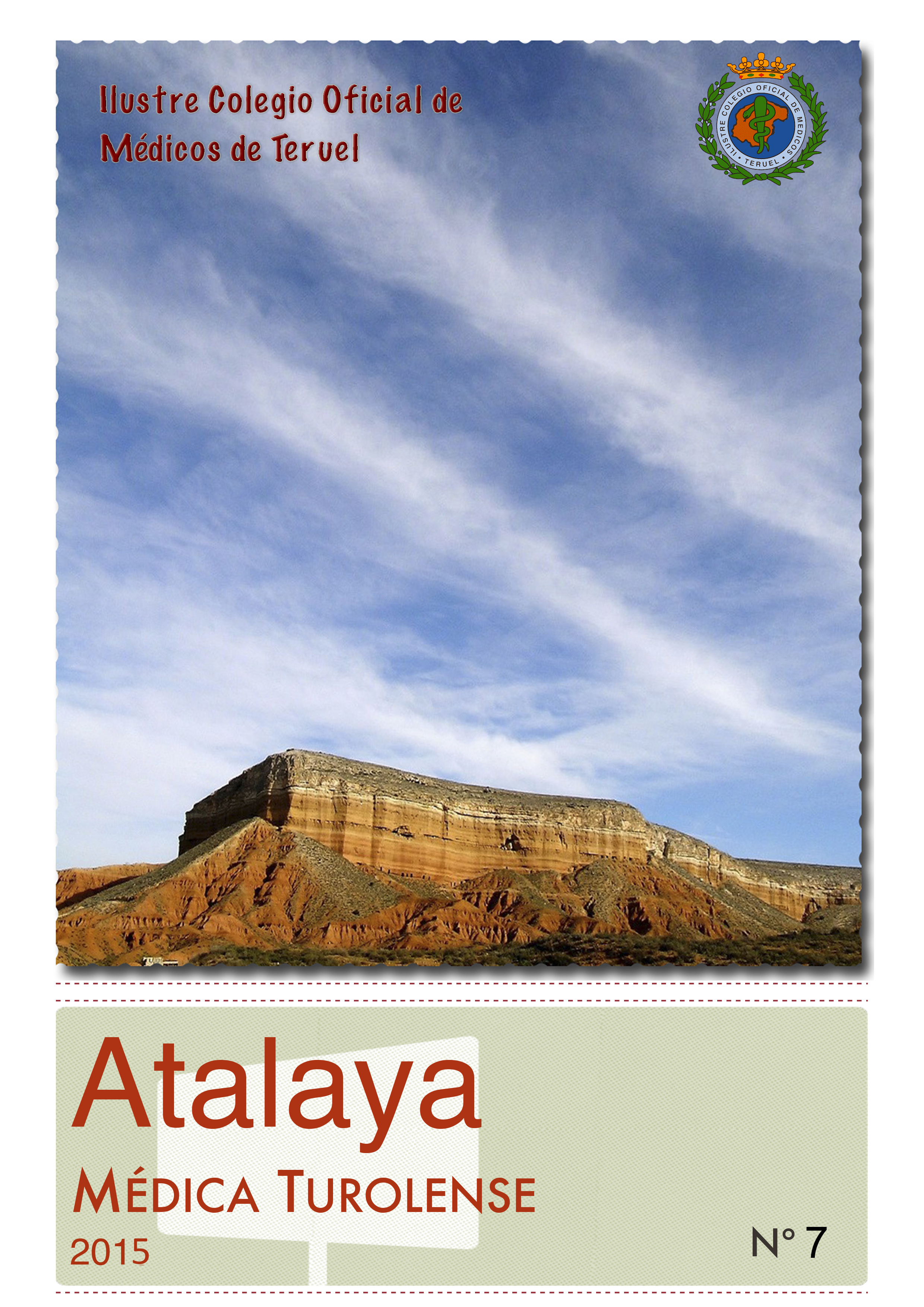DETECCIÓN CASUAL DE UN PARAGANGLIOMA FAMILIAR EN UN NIÑOAFECTO DE ACALASIA
Palabras clave:
nota clínica, paraganglioma, catecolaminas, edad pediátrica, acalasiaResumen
Los paragangliomas son tumores neuroendocrinos infrecuentes en pediatría. No obstante, junto con los feocromocitomas, son los tumores endocrinos más frecuentes en la infancia. En la edad pediátrica, tienen gran importancia los síndromes familiares. Cuando se detecta este tipo de tumores, son necesarios estudios bioquímicos, de imagen y a nivel genético, sobre todo si se sospechan otros casos familiares. La mayoría de ellos tienen un comportamiento benigno; no obstante, siempre hay que descartar la enfermedad metastásica.
Referencias
1. Pham TH, Moir C, Thompson GB, Zarroug AE, Hamner CE, Farley D, et al. Pheochromocytoma and paraganglioma in children: A review of medical and surgical management at a tertiary care centre. Pediatrics. 2006;118:1109-17.
2. Erickson D, Kudva YC, Ebersold MJ, Thompson GB, Grant CS, van Heerden JA, et al. Benign paragangliomas: clinical presentation and treatment outcomes in 236 patients. J Clin Endocrinol Metab. 2001 Nov;86(11):5210-6.
3. Pham TH, Moir C, Thompson GB, Zarroug AE, Hamner CE, Farley D, et al. Pheochromocytoma and paraganglioma in children: a review of medical and surgical management at a tertiary care center. Pediatrics. 2006 Sep;118(3):1109-17.
4. Mansmann G, Lau J, Balk E, Rothberg M, Miyachi Y, Bornstein SR. The clinically inapparent adrenal mass: update in diagnosis and management. Endocr Rev. 2004 Apr;25(2):309-40.
5. Baronni M, Levin G, Sanso G. Characteristics of pheochromocytoma in a 4- to 20-year-old population. Ann NY Acad Sci. 2006;1073:30-7.
6. Eisenhofer G, Tischler AS, de Krijger RR. Diagnostic tests and biomarkers for pheochromocytoma and extra-adrenal paraganglioma: from routine laboratory methods to disease stratification. Endocr Pathol. 2012 Mar;23(1):4-14.
7. Bayley JP, Oldenburg RA, Nuk J, Hoekstra AS, van der Meer CA, Korpershoek E, et al. Paraganglioma and pheochromocytoma upon maternal transmission of SDHD mutations. BMC Med Genet. 2014 Oct 10;15:111.
8. Welander J, Söderkvist P, Gimm O. Genetics and clinical characteristics of hereditary pheochromocytomas and paragangliomas. Endocr Relat Cancer. 2011 Dec 1;18(6):R253-76.
9. Vanharanta S, Buchta M, McWhinney SR, Virta SK, Peçzkowska M, Morrison CD, et al. Early-onset renal cell carcinoma as a novel extraparaganglial component of SDHB-associated heritable paraganglioma. Am J Hum Genet. 2004 Jan;74(1):153-9.
10. Srirangalingam U, Walker L, Khoo B, MacDonald F, Gardner D, Wilkin TJ, et al. Clinical manifestations of familial paraganglioma and phaeochromocytomas in succinate dehydrogenase B (SDH-B) gene mutation carriers. Clin Endocrinol (Oxf). 2008 Oct;69(4):587-96.
11. Else T, Marvin ML, Evere JN, Gruber SB, Arts HA, Stoffel EM, et al. The clinical phenotype of SDHC-associated hereditary paraganglioma syndrome (PGL3). J Clin Endocrinol Metab. 2014 Aug;99(8):E1482-6.
12. Weise M, Merke DP, Pacak K, Walther MM, Eisenhofer G. Utility of plasma free metanephrines for detecting childhood pheochromocytoma. J Clin Endocrinol Metab. 2002 May;87(5):1955-60.
13. Bessell-Browne R, O’Malley ME. CT of pheochromocytoma and paraganglioma: risk of adverse events with i.v. administration of nonionic contrast material. AJR Am J Roentgenol. 2007 Apr;188(4):970-4.
14. King KS, Whatley MA, Alexopoulos DK, Reynolds JC, Chen CC, Mafox DE, et al. The use of functional imaging in a patient with head and neck paragangliomas. J Clin Endocrinol Metab. 2010 Feb;95(2):481-2.
15. Gorosidi A, Justo A, Zakirian SE, González N, Sagaseta M, Molina J. Pheochromocytoma and paraganglioma in childhood: a report of 2 cases report. An Pediatr (Barc). 2015 Jan;82(1):e175-80.


